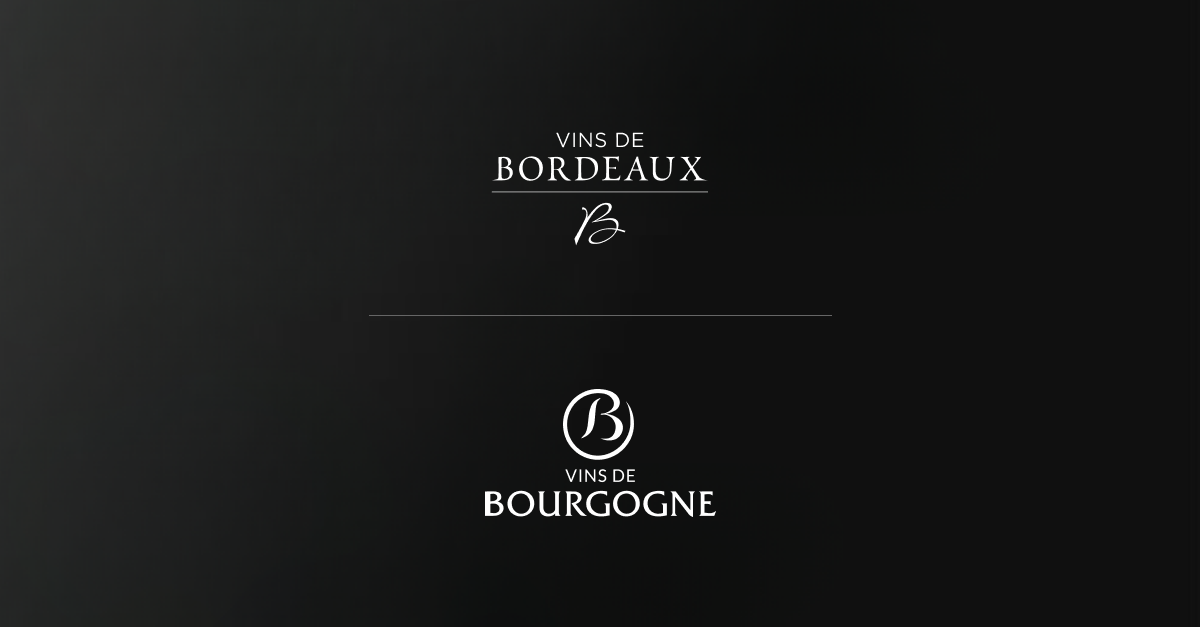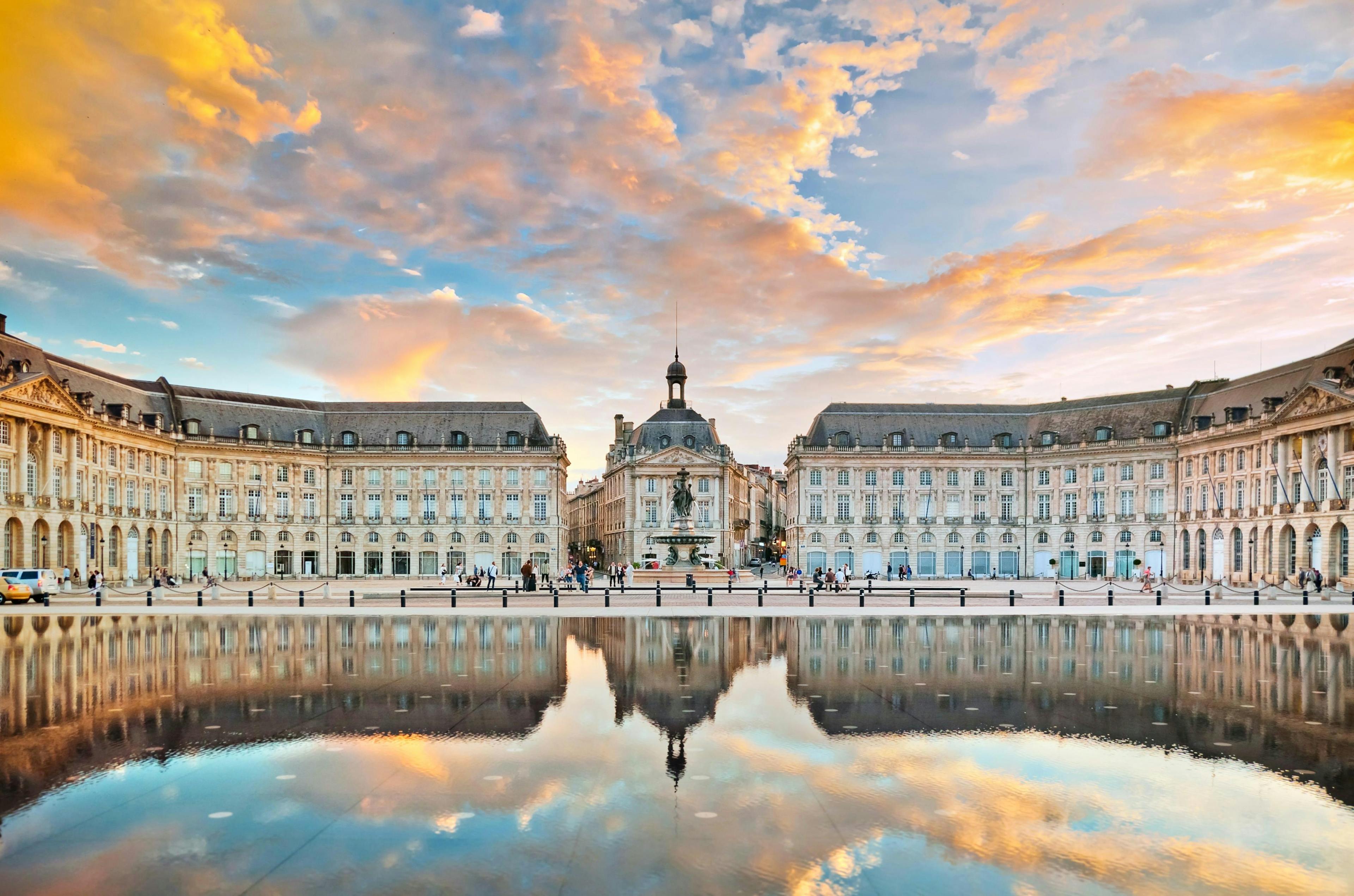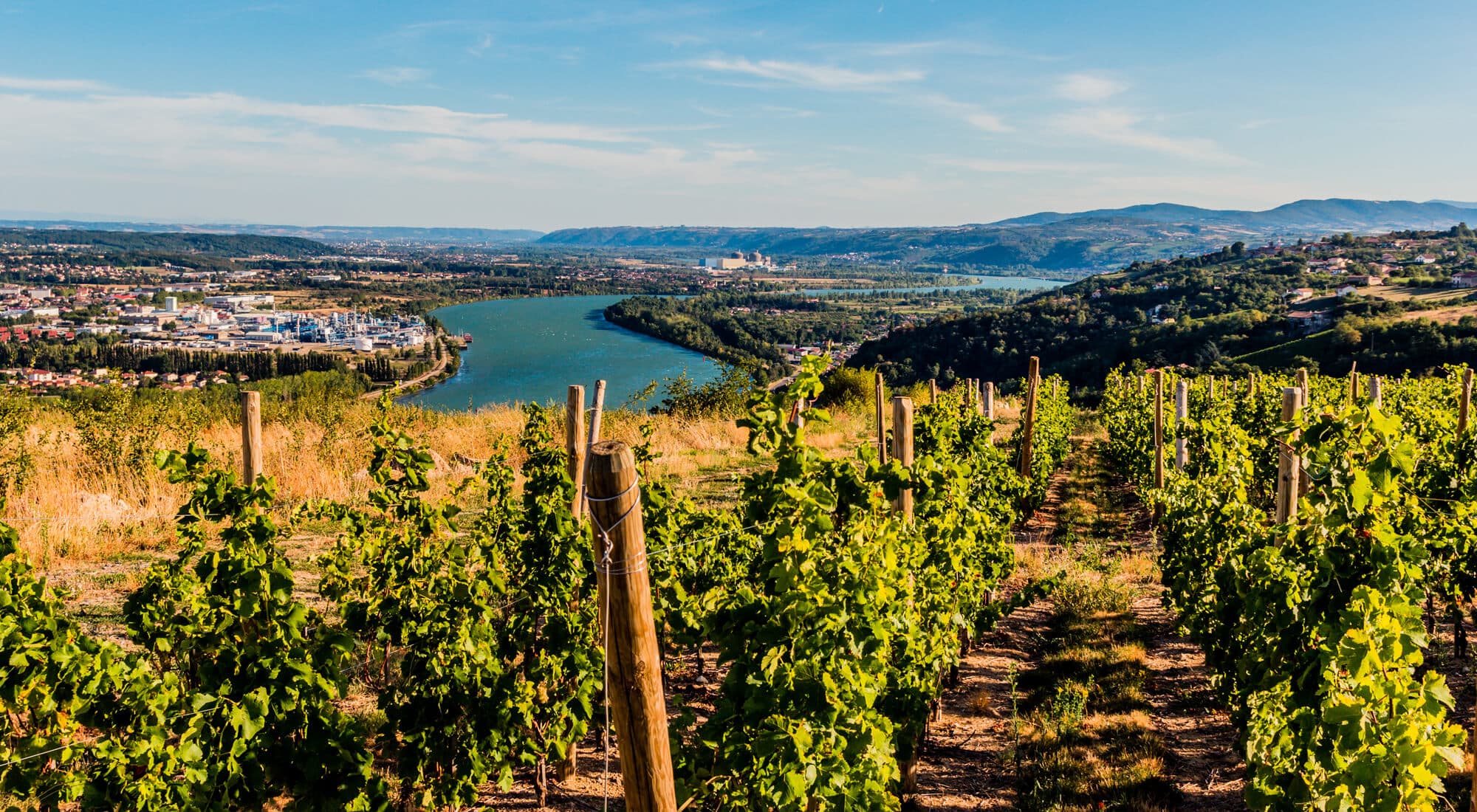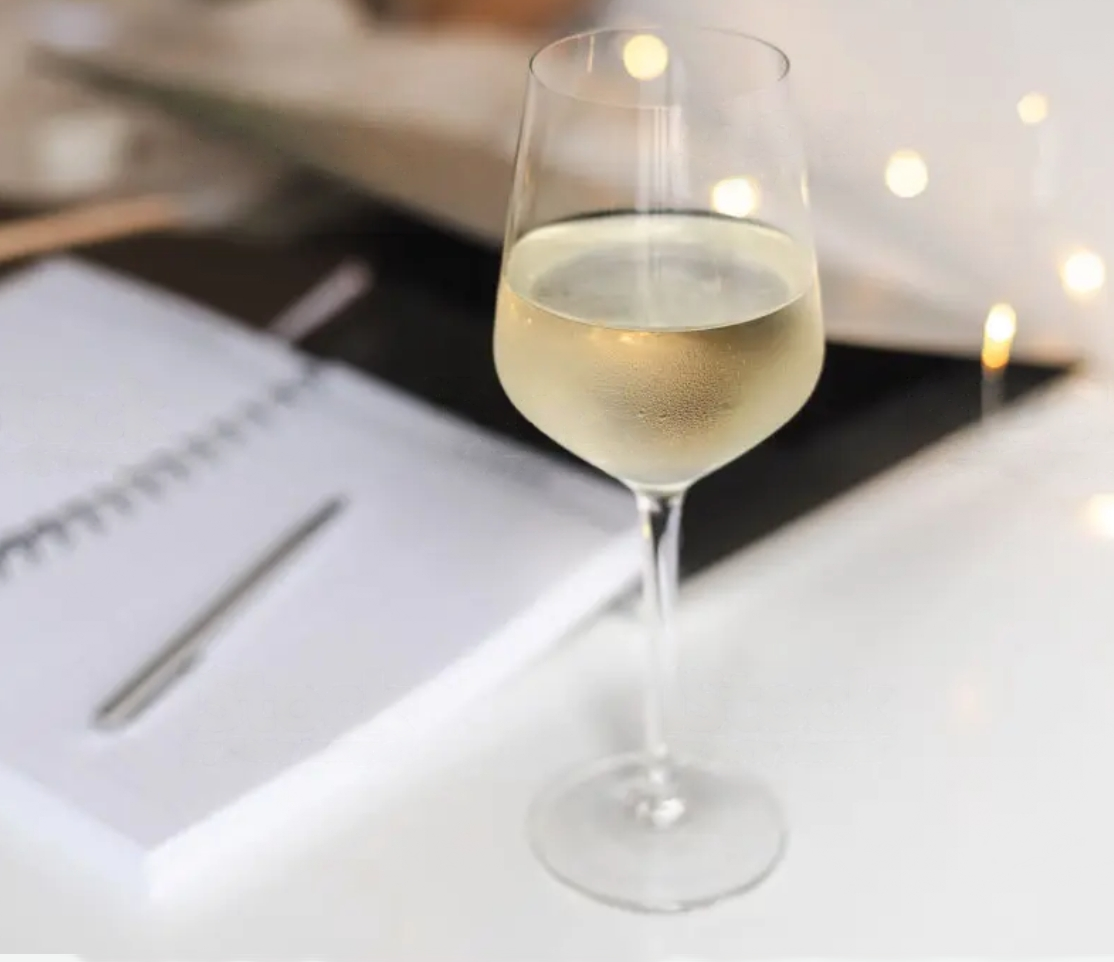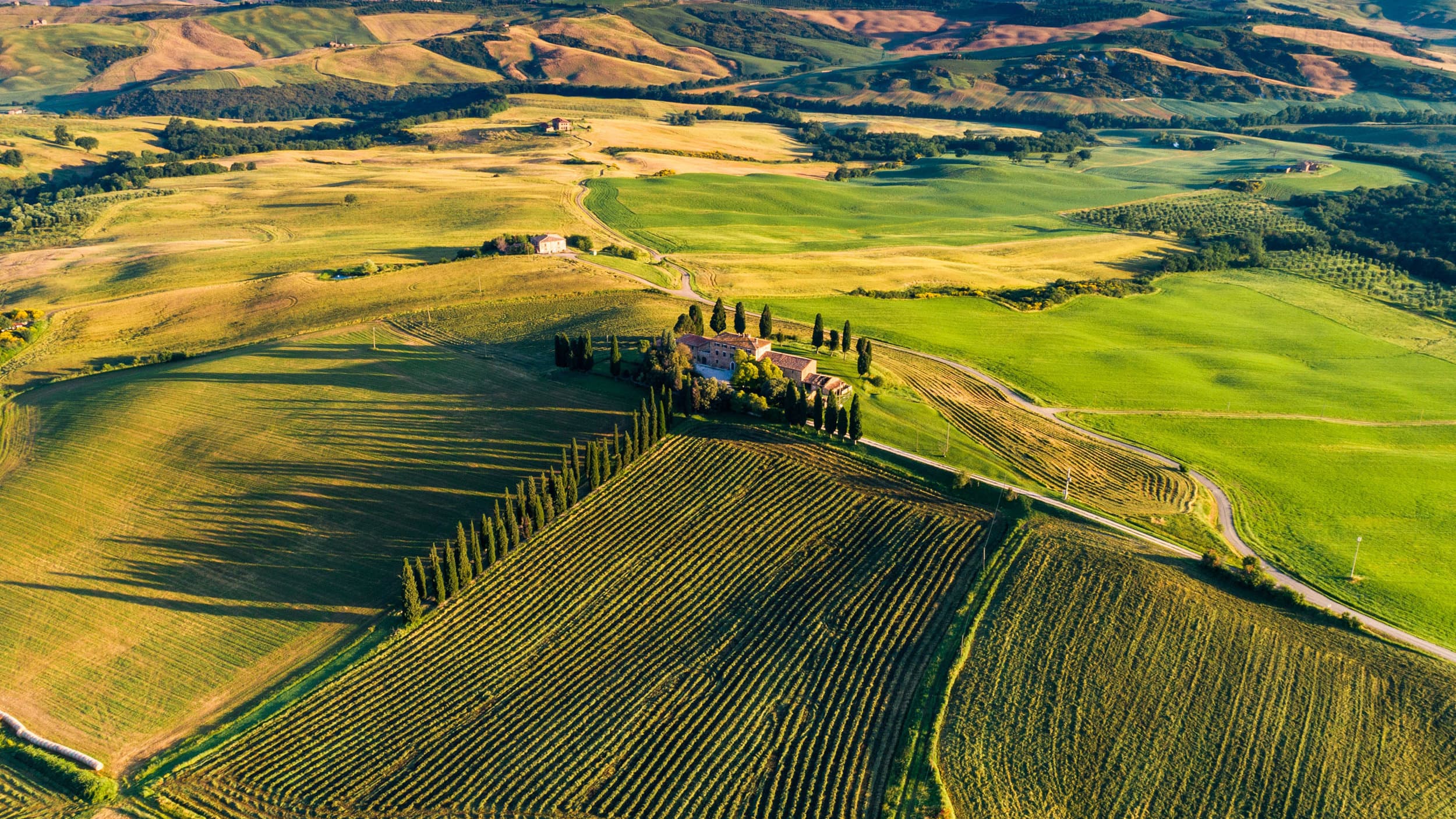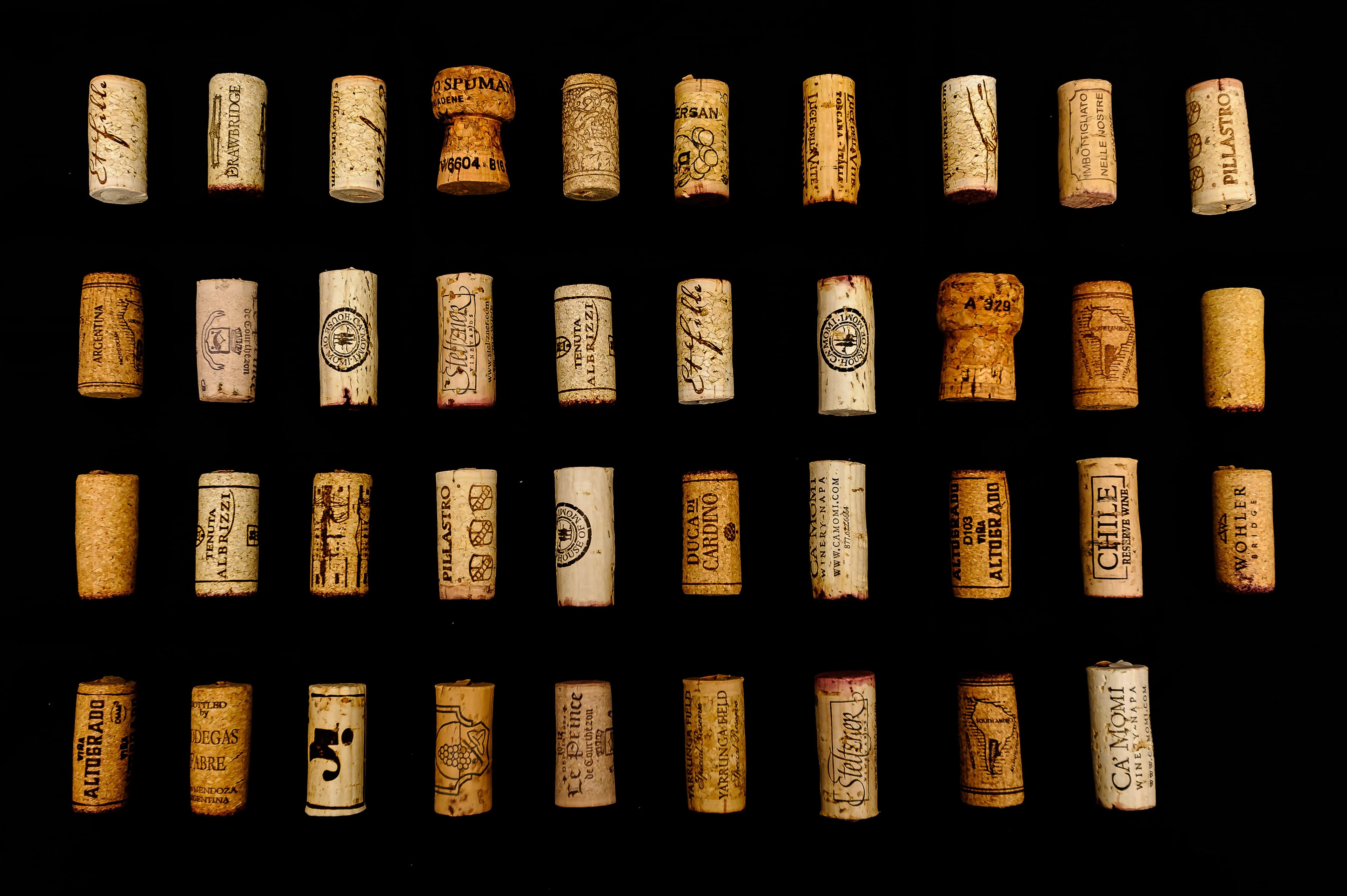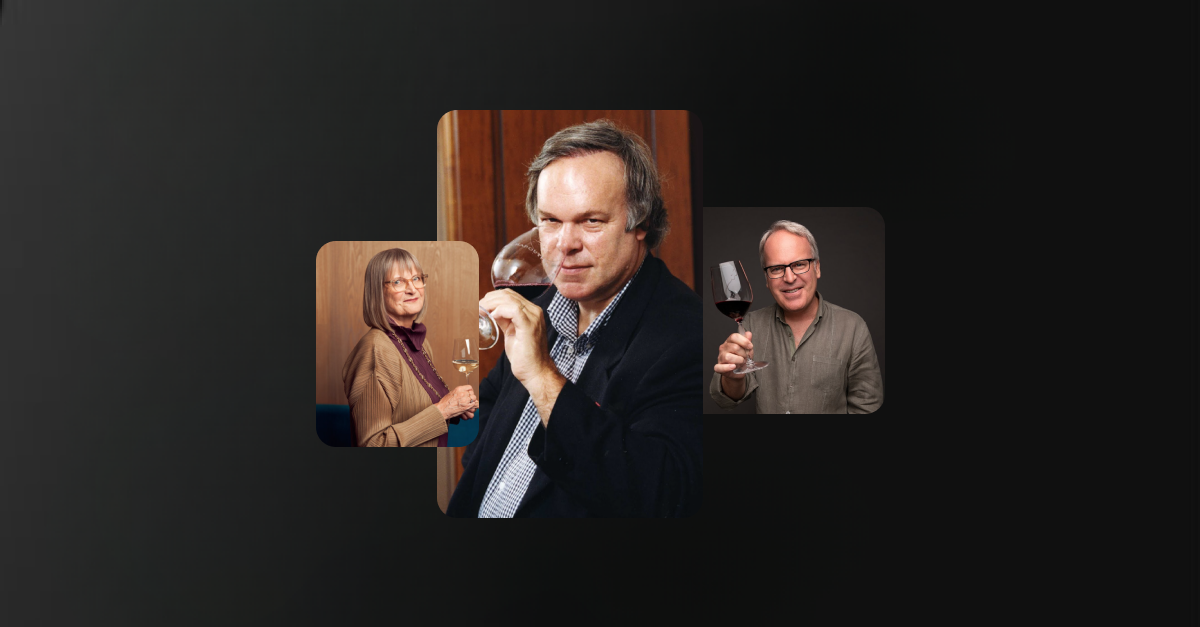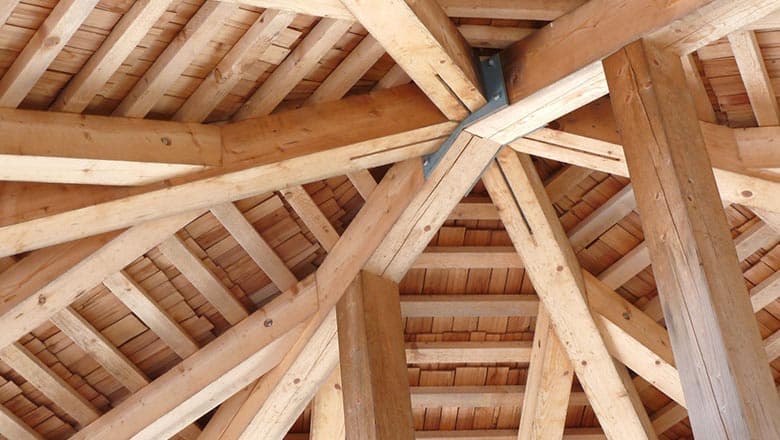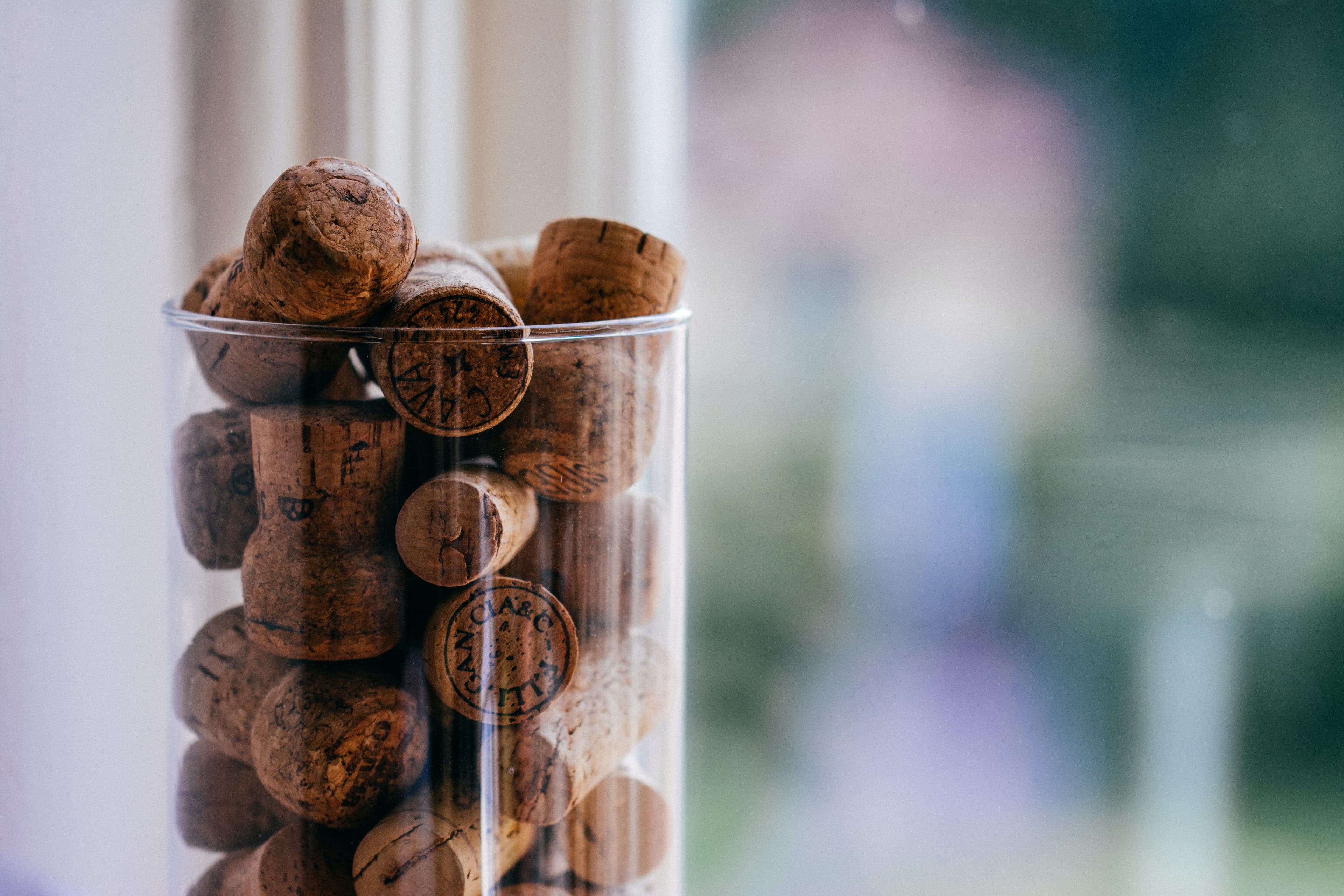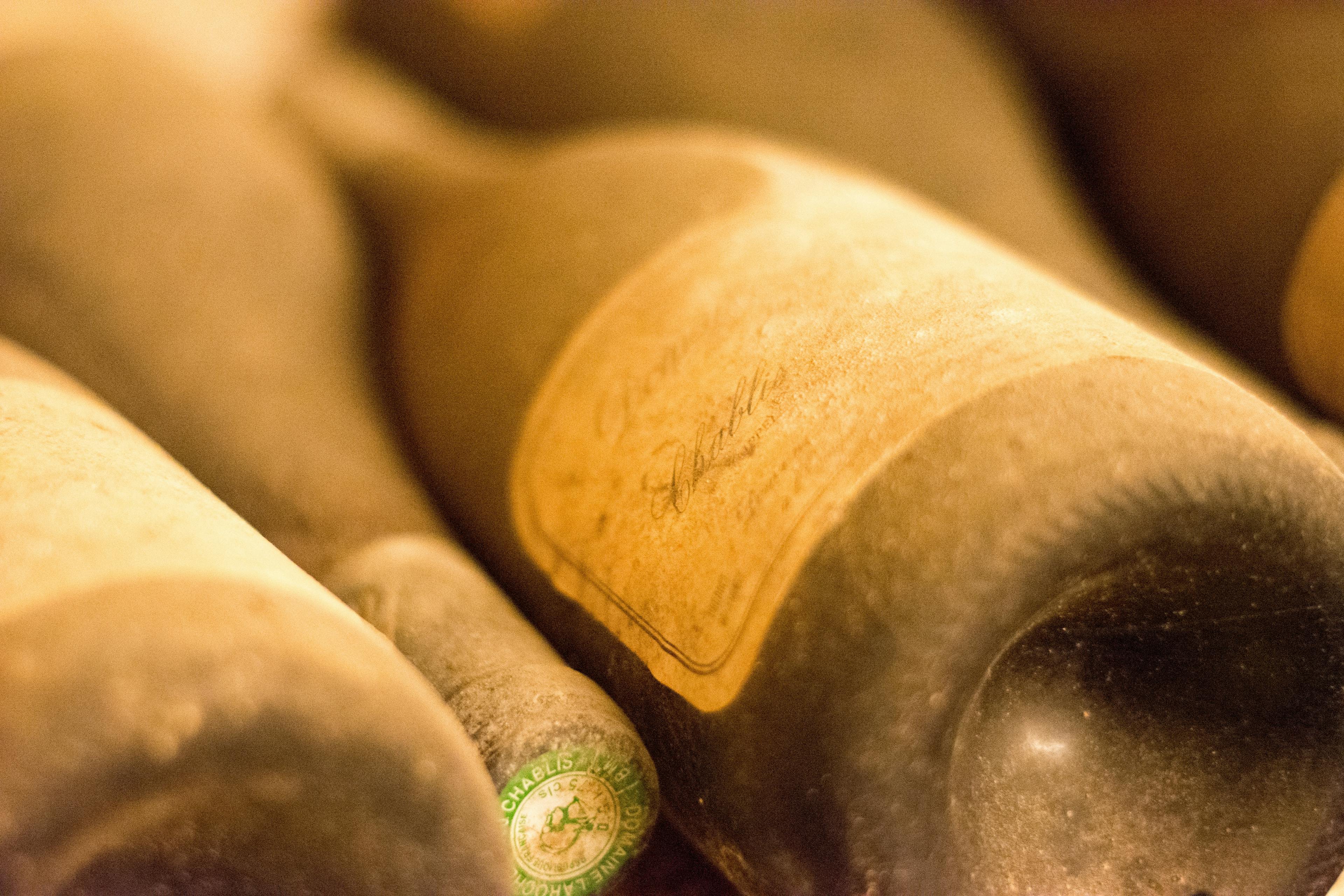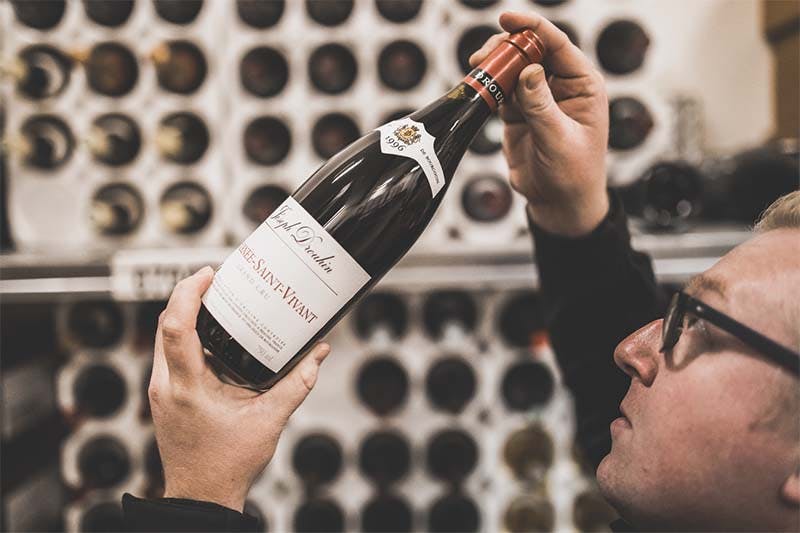The Craftsmanship Behind Château Lafite Rothschild
11 min read
Head of Content

Discover the meticulous craftsmanship behind Château Lafite Rothschild, a name synonymous with the pinnacle of winemaking. Nestled in the heart of Bordeaux, France, this esteemed vineyard has been producing some of the world's most revered wines for centuries. The process of creating each bottle of Château Lafite Rothschild is steeped in tradition, yet continuously refined by innovative practices that enhance its quality and uniqueness. This article delves into the intricate details of the vineyard's history, the winemaking process, and the legacy that defines its global prestige.
The Art of Blending: Creating the Perfect Balance
The art of blending at Château Lafite Rothschild is a meticulous process that ensures each vintage achieves a harmonious balance of flavors and aromas. This revered winery combines various grape varieties, each contributing unique characteristics to the final product. Master vintners carefully select the proportions of each varietal to create a wine that is complex yet perfectly balanced.
Merlot adds softness and depth, enriching the mid-palate with lush, velvety textures.
Cabernet Sauvignon provides the backbone, offering structure and longevity with its robust tannins.
Cabernet Franc introduces a subtle spice and vibrancy, enhancing the aromatic profile.
Petit Verdot contributes bold colors and additional tannic strength, rounding out the blend.
The result is a wine that not only stands out for its elegance and depth but also for its versatility in food pairings. Each sip reveals layers of flavor that complement a wide range of dishes, from rich meats to delicate cheeses, making it a favorite among connoisseurs and casual drinkers alike.
Harvesting Techniques: Tradition Meets Innovation
Harvesting techniques at Château Lafite Rothschild beautifully blend tradition with innovation, ensuring each grape contributes to the esteemed quality of their wines. This prestigious estate employs a meticulous approach to picking grapes, favoring manual methods to preserve the delicate skins and precise timing to capture the perfect balance of flavor and acidity.
Manual Selection: Each cluster is carefully inspected and only the best are chosen, a practice that honors centuries-old traditions.
Technological Integration: Modern tools like drones and data analytics are utilized to monitor vineyard health and determine the optimal harvest time, marrying old techniques with new technology.
Sustainable Practices: Emphasis on organic farming techniques minimizes environmental impact and maintains soil health, which is crucial for the longevity of the vineyard.
Employee Expertise: Skilled workers who understand the nuances of the vineyard play a crucial role in the harvesting process, ensuring that each grape is picked at its peak.
By enjoying a bottle of Château Lafite Rothschild, one not only tastes wine but also experiences the rich history and innovative spirit of its production.
Barrel Selection and Aging Process
The barrel selection and aging process at Château Lafite Rothschild is a meticulous practice that significantly influences the quality and character of their wines. Each year, the estate's winemakers choose only the finest French oak barrels to age their wine. This decision is crucial as the type of oak and the barrel's age profoundly affect the tannins, flavor, and aroma profiles of the final product.
Wood Origin: Barrels are typically sourced from forests in central France, known for their tight grain, which imparts subtle flavors and promotes a slow, even oxidation.
Toasting Level: The interior of the barrels is toasted to a precise specification, which helps develop complex flavors ranging from vanilla to spices, adding depth to the wine.
Aging Time: Depending on the vintage's characteristics, the aging period can vary. Typically, wines spend 18 to 24 months in barrels, allowing them to achieve the desired balance and complexity.
Understanding these elements helps in appreciating why popular vintages from Château Lafite Rothschild are highly sought after by collectors and connoisseurs worldwide. Each step in the barrel selection and aging process is carefully controlled to ensure that every bottle meets the estate's high standards.
The Role of the Master Winemaker
The master winemaker at Château Lafite Rothschild plays a pivotal role in maintaining the esteemed quality and unique characteristics of its wines. This individual combines deep knowledge of viticulture and enology with an intuitive understanding of the vineyard's microclimate. Their responsibilities extend beyond mere grape processing; they oversee the entire winemaking process from vine to bottle, ensuring that each step meets the highest standards.
Selection of Grapes: The winemaker meticulously selects the best grapes, considering factors like ripeness and health to guarantee optimal wine production.
Fermentation Supervision: Controlling the fermentation process is crucial. Temperature and yeast strains are carefully managed to develop desired flavors and aromas.
Aging and Blending: They decide how long the wine should age in barrels and which blends will enhance the overall profile of the final product.
Each decision is informed by both tradition and innovative practices, contributing to the rich history of Château Lafite Rothschild. The master winemaker's expertise ensures that each vintage not only reflects the terroir but also continues the legacy of quality that the château is known for.
Quality Control: From Vineyard to Bottle
Ensuring the highest quality from vineyard to bottle, Château Lafite Rothschild employs meticulous processes. Each grape is carefully selected based on optimal ripeness, ensuring that only the best are used for wine production. During the harvest, a team of skilled workers hand-picks the grapes, a method that preserves their integrity and flavor.
In the winery, the fermentation process is closely monitored. Temperature and fermentation speed are adjusted to maximize the extraction of flavors and colors from the grape skins. Aging of the wine is another critical phase, conducted in oak barrels that impart depth and complexity to the flavors.
To learn more about the prestigious winery, explore these facts.
Barrel Selection: Only the finest oak barrels are chosen, sourced from specific forests known for their quality wood.
Quality Checks: Regular tasting sessions are conducted throughout the aging process to ensure consistency and quality.
Bottling Standards: The bottling line is equipped with advanced technology to maintain wine integrity from oxidation and contamination.
Research and Development in Viticulture
Research and development in viticulture at Château Lafite Rothschild are pivotal to maintaining its status as a premier wine producer. This process involves a meticulous blend of traditional techniques and innovative practices aimed at enhancing the quality of the vineyard's output. Key areas of focus include:
Climate Adaptation: Strategies are implemented to help the vineyard cope with changing weather patterns. This includes selecting grape varieties that are more resilient to temperature fluctuations and drought conditions.
Soil Health Management: Enhancing soil fertility is crucial. Techniques such as crop rotation and organic composting are employed to enrich the soil, which in turn supports healthier vines.
Pest Control Innovations: Developing non-invasive methods to manage pests that can damage crops is another critical area. Biological control agents and pheromone traps are examples of how the estate manages pest populations without relying on chemical pesticides.
Water Efficiency: Implementing advanced irrigation systems that optimize water use is essential for sustainability. These systems ensure that vines receive the precise amount of water needed, reducing waste and conserving this vital resource.
Each of these strategies is designed to serve the dual purpose of protecting the environment while producing the finest quality grapes. Through ongoing research and development, Château Lafite Rothschild continues to lead in both innovation and excellence in viticulture.
Sustainability Practices in Winemaking
Château Lafite Rothschild has long been synonymous with excellence in winemaking, but their commitment to sustainability is equally impressive. This prestigious estate integrates several eco-friendly practices to ensure the longevity and health of their vineyards.
Organic Farming: The transition to organic farming methods has been a significant step for Château Lafite Rothschild. By avoiding synthetic pesticides and fertilizers, they promote a healthier ecosystem and improve soil quality.
Biodiversity: Maintaining a diverse ecosystem is crucial. The estate fosters biodiversity by preserving surrounding woodlands and planting cover crops between vine rows. These practices help control pests naturally and enhance soil fertility.
Water Management: Efficient use of water is vital in their sustainable approach. The estate employs advanced irrigation systems that reduce water wastage and ensure vines receive the optimal amount.
Carbon Footprint Reduction: Efforts to minimize their carbon footprint include using lighter bottles to lower shipping weights and implementing energy-efficient technologies throughout the production process.
These characteristics not only reflect their dedication to quality wine production but also their responsibility towards environmental stewardship.
The Annual Cycle of Vineyard Care
The annual cycle of vineyard care at Château Lafite Rothschild is meticulously planned to ensure the optimal development of vines, which significantly influences the taste of their esteemed wines. This cycle begins in winter with pruning, a critical step that controls the number of shoots and helps in maintaining vine health and vigor. As spring arrives, vineyard workers carefully monitor the growth of buds, which break through in this season.
During summer, the focus shifts to canopy management, which involves trimming the vines to optimize light exposure and air circulation, crucial for preventing diseases. This period also includes the important process of thinning the grapes, ensuring that those left on the vine have better nutrients and space to develop.
As autumn approaches, the vineyard team prepares for harvest, the most anticipated part of the cycle. This involves picking grapes at their peak maturity, a decision that depends on careful monitoring of sugar and acid levels in the grapes, ensuring the highest quality for wine production. Each of these steps plays a vital role in defining the character and quality of the final product.
Handcrafting vs. Technological Advancements
In the world of fine wines, the balance between traditional handcrafting methods and modern technological advancements is crucial. Château Lafite Rothschild, a venerable name in viticulture, exemplifies this blend of old and new. Initially, the estate relied heavily on manual techniques, from hand-picking grapes to aging wines in oak barrels. These practices are revered for preserving the unique terroir that distinguishes their vintages.
However, embracing technology has allowed for enhancements in quality and consistency. Sophisticated systems for monitoring fermentation temperatures and humidity levels in storage facilities ensure optimal conditions for wine maturation. Moreover, technology aids in meticulous vineyard management through precision agriculture, which optimizes vine health and grape quality.
For enthusiasts looking to store their bottles of Château Lafite Rothschild, understanding these aspects is essential. Proper storage conditions include:
Maintaining a consistent temperature around 12-14°C.
Ensuring relative humidity stays at approximately 70%.
Keeping bottles in a dark, vibration-free environment.
By respecting these parameters, collectors can preserve the integrity and flavor of this exquisite wine.
The Finishing Touches: Bottling and Labeling
The process of bottling and labeling at Château Lafite Rothschild is a meticulous procedure that underscores the winery's commitment to quality. Each bottle is filled with precision, ensuring that the wine's integrity is maintained. This stage is crucial as it prevents any contamination and preserves the wine's exquisite flavors and aromas.
Labeling at Château Lafite Rothschild is equally significant. The labels are not only informative but also embody the heritage and prestige of the estate. They feature details such as the vintage year and the appellation, which are essential for collectors and connoisseurs. The design of the labels has evolved over the years, yet they always maintain a classic elegance that reflects the winery's storied history.
Quality Control: Before sealing, each bottle undergoes rigorous checks to ensure there are no defects.
Preservation Techniques: Advanced technology is used to safeguard the wine from oxidation during bottling.
Artisanal Approach: Labels are often applied by hand, adding a personal touch that honors traditional methods.
Security Features: To combat counterfeiting, unique identifiers, such as holograms, are incorporated into the label design.
This final stage in the winemaking process at Château Lafite Rothschild not only protects the product but also enhances its presentation, making each bottle a true work of art.
Conclusion
In conclusion, the meticulous craftsmanship behind Château Lafite Rothschild not only underscores its legacy as one of the world's premier vineyards but also highlights the profound impact of quality and tradition in the production of fine wines. Each bottle of Lafite Rothschild is a testament to centuries of expertise, dedication, and a deep understanding of the land and its potential. This commitment to excellence is what makes Lafite wines a coveted asset for collectors and wine enthusiasts alike.
For those looking to invest in such exquisite wines, Rekolt offers a seamless solution that extends beyond mere acquisition. Understanding the importance of proper storage and the potential for future trading, Rekolt provides an option to store purchased wines in a professional cellar. This not only ensures that the wine maintains its quality and ages appropriately but also enhances its resale value, making it an attractive proposition for those looking to delve into the world of wine trading. With Rekolt, collectors have the unique opportunity to secure, store, and manage their wine investments with ease and confidence, ensuring that each bottle, whether it be from Château Lafite Rothschild or another esteemed vineyard, is preserved under optimal conditions until the moment it reaches its peak.
Share this article
